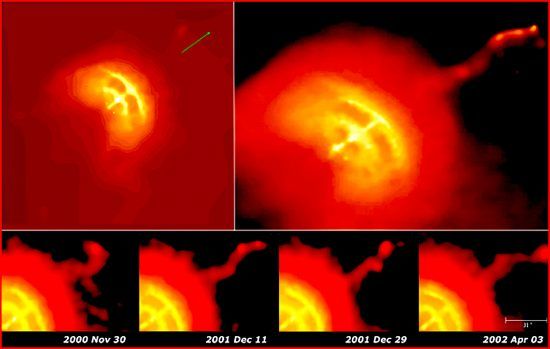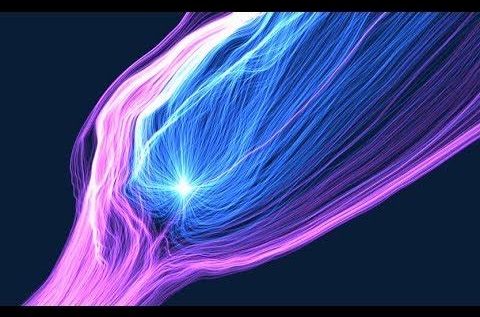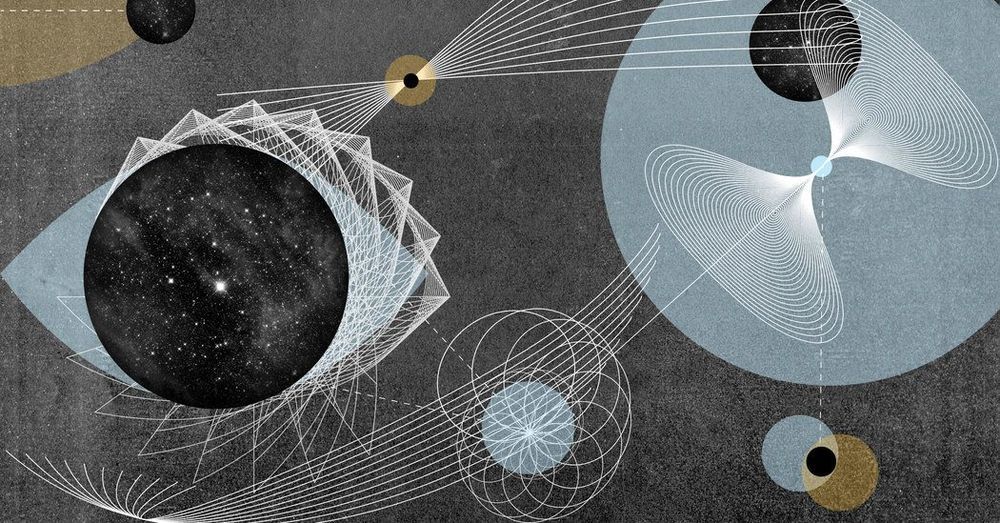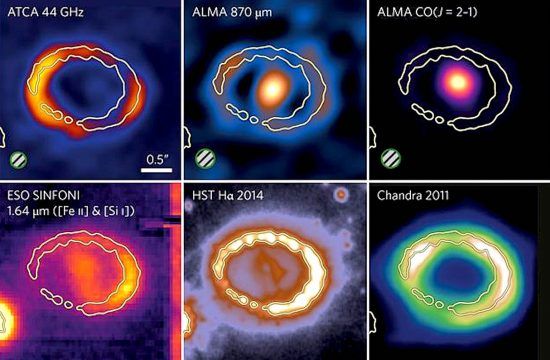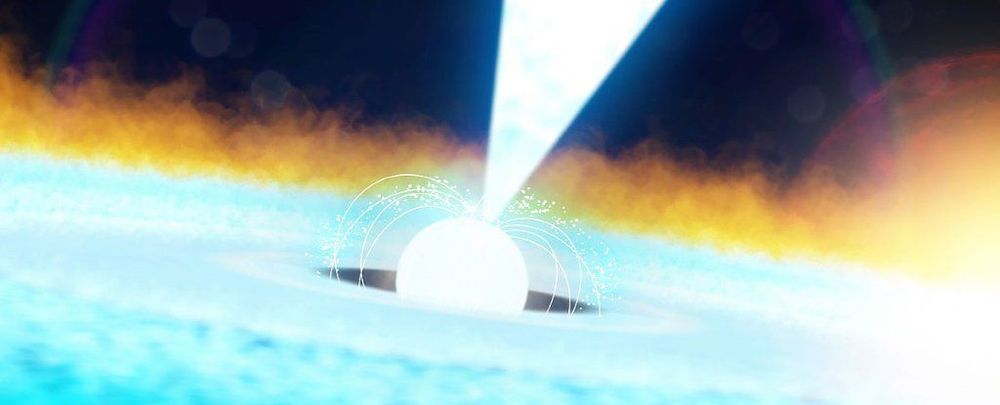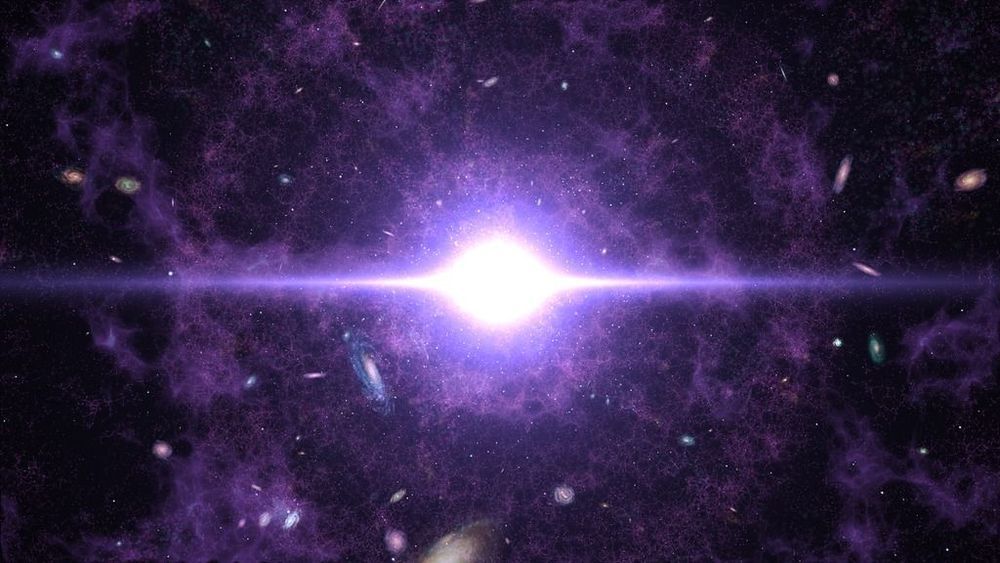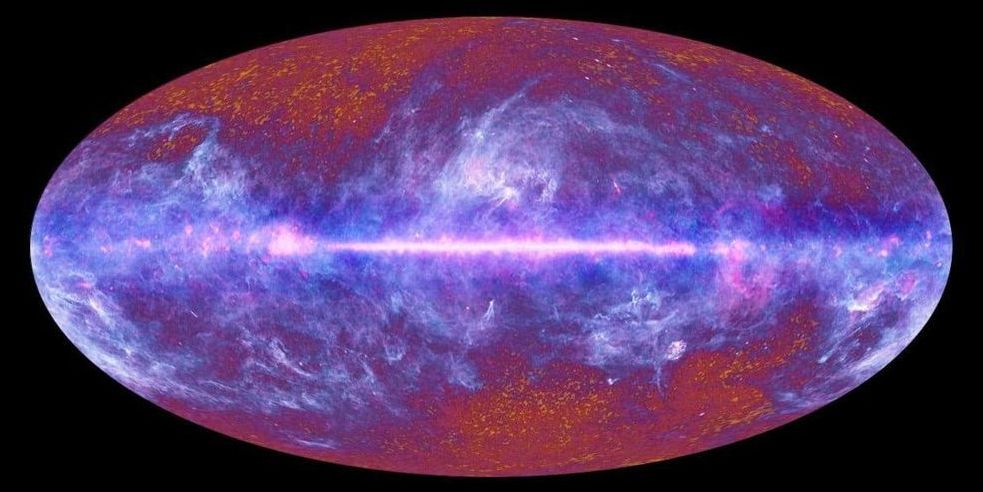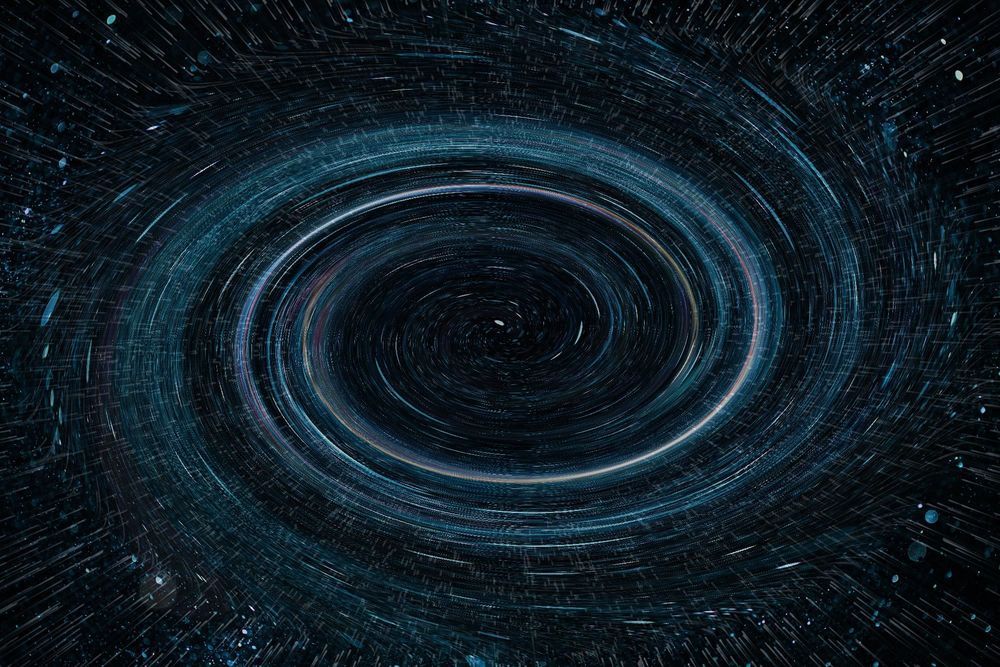Neutron stars cannot exist.
“The sky was clear—remarkably clear—and the twinkling of all the stars seemed to be but throbs of one body, timed by a common pulse.” —Thomas Hardy.
On June 13, 2012 NASA launched the Nuclear Spectroscopic Telescope Array (NuSTAR) on a mission to study X-rays in what are thought to be the remnants of supernova explosions, called pulsars. NuStar joins other X-ray space telescopes like Chandra and XMM-Newton, except that it is capable of focusing X-rays to a sharp point, enabling it to “see” energies up to 79,000 electron-volts. That capability makes it more than 100 times more powerful than the other observatories.
